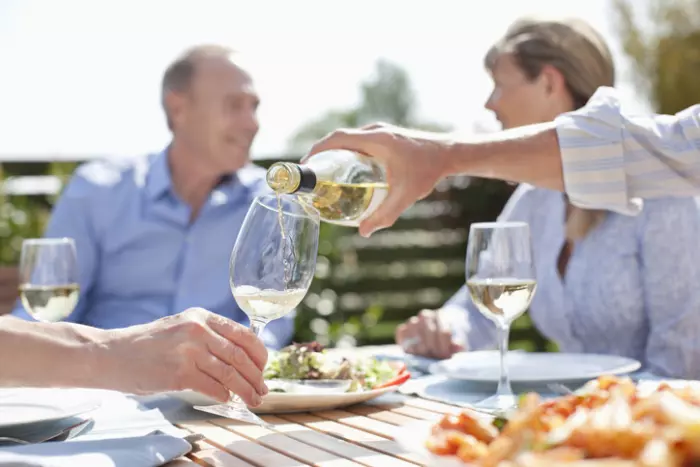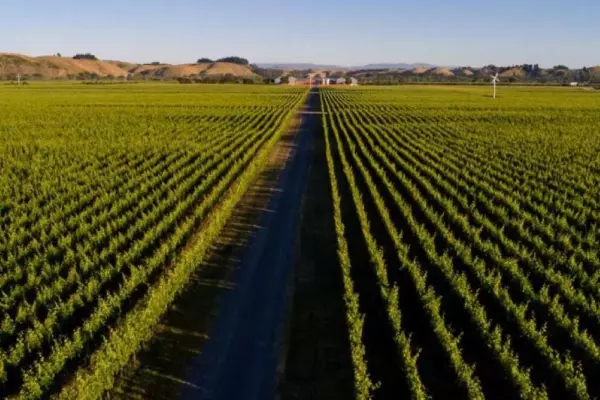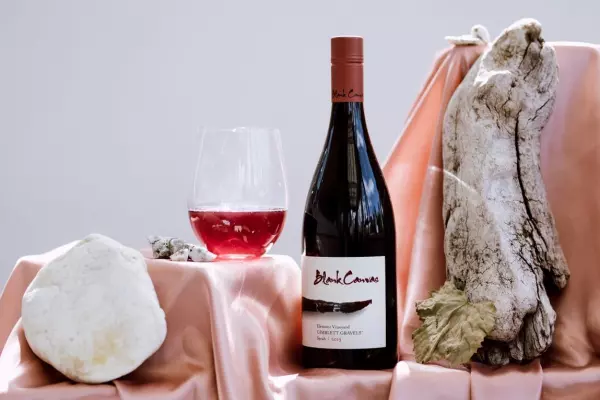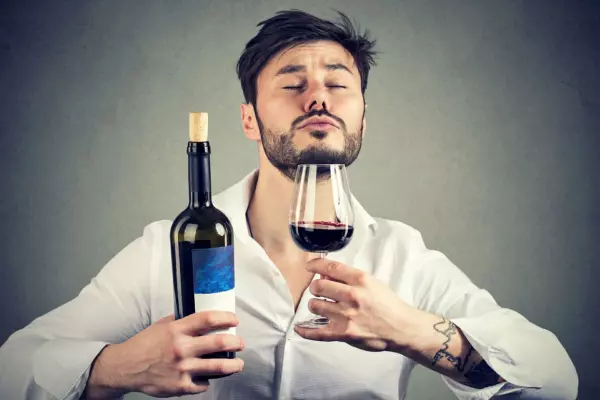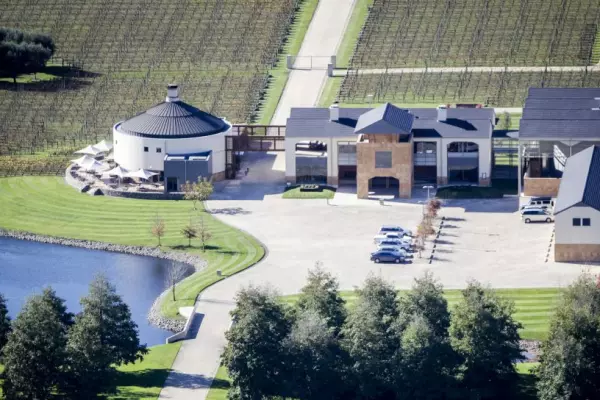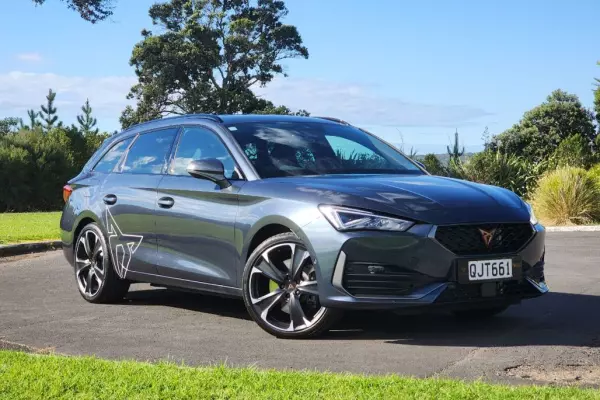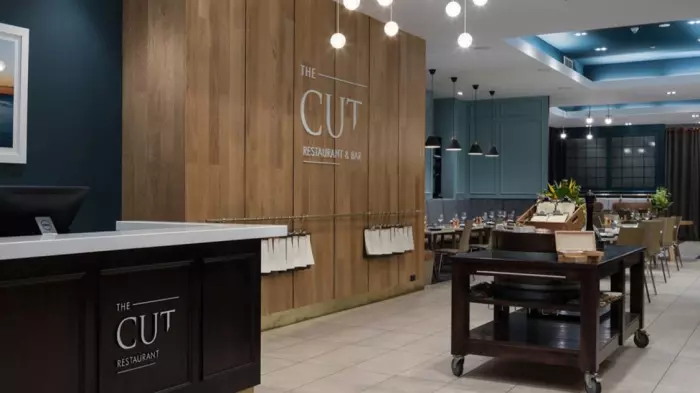Muggy Auckland weather and a couple of cracker sauvignon blanc vintages have encouraged me to drink more than my normal share of this country’s most important wine. I’m a card-carrying member of the Sauvignon Blanc Lovers’ Club, but have discovered that not everyone shares my passion for the variety.
I have been conducting an informal survey on why people don’t like it. When anyone refuses my offer of a glass, I simply ask why they don’t like a wine that others in our key export markets can’t get enough of.
“Too acidic” is the most common response. Fair enough – sauvignon blanc can be mouth-wateringly crisp, particularly when made from grapes grown in the cooler South Island regions. I suggest that they might try the softer, “riper” and often richer wines from the Wairarapa or Hawke’s Bay. Alternatively, they could choose wines from warmer vintages, such as 2019 and 2020. Acidic food is an antidote for acidic wine. Try an obviously acidic sauvignon blanc with an acidic food such as feta cheese or seafood garnished with lime or lemon. The acid in the food cancels out some of the acid in the wine, making it taste softer and richer.
“Too sweet” is another frequent complaint. Most sauvignon blancs do have a few grams of unfermented residual sugar to balance the acidity. The challenge is to mask the acidity without making the wine obviously sweet. Sip a slightly sweet sauvignon blanc and you will notice that you can pick up a hint of initial sweetness that is gradually overcome by acidity to leave a crisp, mouth-watering last impression. Match it with a mild Thai curry and the sweetness in the dish pulls down the sweetness in the wine, making it appear dry, or at least slightly less sweet. One observation: sweetness goes up as the price goes down.
“Boring,” said a small number of anti-sauv sippers. One person’s “boring” is another’s “consistent”. One of Marlborough sauvignon blanc’s greatest strengths is its consistency. In the UK, supermarket shoppers at Tesco know exactly what to expect when they buy a bottle of wine with “Marlborough Sauvignon Blanc” on the label.
Promiscuous sauvignon sippers know there is a rich diversity of flavours and textures if you shop around. Try the complex and richly textured Cloudy Bay Te Koko, the funkily reductive Dog Point Vineyard Section 94 or the oyster shell/mineral characters in Astrolabe Kekerengu Coast Sauvignon Blanc if you want to experience wines that break free from the Marlborough sauvignon stereotype.
Did you know that every New Zealand wine region produces sauvignon blanc or that sauvignon blanc is the most planted grape variety in Hawke’s Bay and Nelson as well as Marlborough? I like the often steely, salty wines of Central Otago; the “edgier than Marlborough” wines of Canterbury; the pure power and high energy of Nelson sauvignon blanc, which has been compared to the experience of skinny-dipping in a mountain stream; the punchy citrus and tree fruit flavours of Wairarapa wines, and the delicate lusciousness and diversity of Hawke’s Bay sauvignon blanc, not to mention the laid-back mellow wines of Gisborne.
Seriously adventurous sauvignon sippers look beyond our shores to find such gems as Shaw + Smith Sauvignon Blanc from the Adelaide Hills region of South Australia, and the crisp, grassy, mineral-laced wines of Sancerre and Pouilly-Fumé. Just about every wine-producing country produces sauvignon blanc, although quality can vary. I recall tasting an example from Bali that should never had been bottled.
A group of North Island winemakers assembled 30 examples of local and international sauvignon blancs and generously invited me to attend. The purpose of the tasting was to benchmark their wines against a wide range of styles. The wines were served blind.
My top score went to Craggy Range Te Muna Sauvignon Blanc, a distinctive, high-quality wine that has encouraged Craggy Range to double its already extensive vineyard plantings in Martinborough.
My average score for six Marlborough wines was 92 points, not too far ahead of the 89-point average for eight Hawke’s Bay wines.
Perhaps it is an indication of a parochial palate but I thought that the Kiwi wines as a group outclassed their international competitors. On the other hand, they may just be better.
Bob’s Top Picks
Investment Wine

2015 Quartz Reef Bendigo Estate Franz Ferdinand Pinot Noir, Central Otago, $120
Made from a selection of grapes from the easterly section of Quartz Reef’s hillside Bendigo vineyard. Silken-textured pinot noir in a rather restrained and elegant style that seems to be more accessible and suppler than the Bendigo Estate label. A seductive wine.
Weekend Wines
Top White

Craggy Range 2020 Te Muna Sauvignon Blanc, Martinborough, $26.95
A 20 percent drop in yield has resulted in greater intensity. Twelve percent barrel-fermented to build texture. Typical Te Muna wet stone/saline, lime/citrus and blackcurrant-bud flavours. Deliciously tangy acid gives a mouth-watering finish. Bone dry.
Top Red

Collaboration 2017 Impression Red, Hawke’s Bay, $30
Delicately aromatic blend of merlot, cabernet sauvignon and cabernet franc with mixed berry, fresh herb, and subtle floral/violet flavours. Very approachable. Made with a light touch. Clever wine from a tricky vintage.
Read more from Bob at therealreview.com


